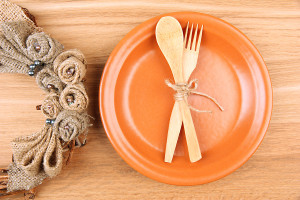 Estate sales in Los Angeles are always full of surprises. While this may seem like a common observation for the buyers who attend these events, sellers can be equally amazed to find out what is actually hidden in plain sight in the house. The fact that everything is being sold off, means that we go through and inventory items from the contents of the garage to the contents of the cupboards. What we sometimes find there will sometimes surprise us as well.
Estate sales in Los Angeles are always full of surprises. While this may seem like a common observation for the buyers who attend these events, sellers can be equally amazed to find out what is actually hidden in plain sight in the house. The fact that everything is being sold off, means that we go through and inventory items from the contents of the garage to the contents of the cupboards. What we sometimes find there will sometimes surprise us as well.
Collectibles and curio come in all shapes and sizes. Some of the more popular sets that truly raise interest are Wedgwood table wares and bone china. Interestingly, many people are really only familiar with single Wedgwood designs, and do not realize that their parents had served them meals on these antiques for years. At Heritage Estate Sales, we have many clients who are happily surprised to find that there is a veritable goldmine sitting in the kitchen cabinet.
Making Distinctions
The most common Wedgwood motif that most people are familiar with is the blue background with white bas relief figures across the edges. This is actually the Jasperware or sometimes the Queensware collection, with the greatest distinction being that Queensware was a very limited run that has a more lace-like pattern, instead of the Jasperware figure motif. However, other patterns and bone china have also been produced, and these can have unfamiliar edging, or even be flat white.
Identifying a true Wedgwood is generally done by looking for the mark on the reverse of plates, or on the base of cups and vases. Where this can get confusing is that the authenticating mark has changed a number of times over the years. The real marks can be either printed or embossed, and will say “Wedgwood England”, “Wedgwood of Etruria & Barlaston”, or Wedgwood made in England”. There may or may not be a vase motif that is included with the words, as this depends on the year of manufacture. The pieces of bone china are also always identified as such.
One of the quickest ways to judge a real piece from a fake is actually to look at the spelling of the identifying mark. The real company spells the name without an “e”, and plates that are marked with the term “Wedgewood” are not true collectibles. Although some of the very early pieces were never stamped at all, they can still be authenticated through a good appraisal, which is a service we give to our clients. Our website can further direct you about the process and the other services that we provide to ensure that our estate sale is rewarding an pleasant experience.
